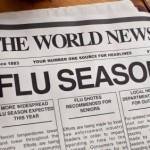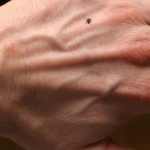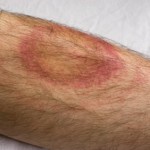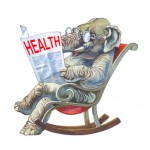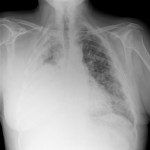There's been a recent controversy as to whether potentially dangerous medical information should be made available to the public. Now it's happened and I'm somewhat less concerned than I was a few weeks ago. The online version of Nature just published the work of the University of Wisconsin group on making the Highly Pathogenic Avian Influenza (HPAI) type A H5N1 virus transmissible from mammal to mammal, in this case ferrets.
This is potentially a terrible disease; it's killed 355 of the 602 humans (~59%) known to have contracted the HPAI A(H5N1) virus to date. None of those cases involved human to human spread of the flu bug involved. But that's roughly 600 times as lethal as an "ordinary" flu pandemic and more than 20 times as deadly as the 1918 flu.
So why am I less worried than I was?
When I read the article in Nature in detail (and it's tough slogging even for a physician), I realized that the virus, in the process of making it capable of airborne transmission, had also been made less virulent. None of the ferrets used as research subjects died of the disease . The new virus was also found to be preventable by a vaccine and treatable with one of the existing anti-flu medications.
The other thing I quickly understood is this is not a process that the average man (or woman) on the street or even the vast majority of scientists and/or physicians could duplicate. It involved an enormously complex set of laboratory procedures, many of which would demand long-term expertise and experience in the field. Theoretically a virology lab could be influenced by links to a terrorist group or have their own "ultra-green" agenda; neither possibility sounds at all likely to me.
The other paper, detailing the work done on HPAI A(H5N1) in Rotterdam, is yet to be published. That one has me more concerned, but I've just read a paper "Dangerous for ferrets: lethal for humans?" that carefully explores the question involved.
The authors reminded us that a previous paper had discussed the recreation of the so-called Spanish flu virus that killed 50 million worldwide in 1918. I'll write about that in detail some other time, but when that publication appeared, its authors were hailed as heroes, not as dolts.
The work of Ron Fouchier, a senior figure at the Erasmus Medical Center in Holland took the virology world by storm. He first announced his group's alteration of H5N1 at an international meeting in Malta in September, 2011. Initially his variant of the flu virus was thought to be much more deadly to ferrets than the UW bug. A May 3, 2012 paper in Time Healthland discusses the infighting among scientists that followed, but notes that Fouchier's paper should be out in the magazine Science in the near future.
Apparently Fouchier's mutated virus also turned out to be less of a ferret-killer than was initially thought.
But that's not the major issue here. Most of those working in the virology field feel a natural mutation of H5N1 or H1N1 or other flu strains is more to be feared than anything produced in a lab. Yet the relatively benign 1977 H1N1 flu pandemic, so-called Russian flu, may have escaped from deep freeze in a lab.
Every year has its flu season; some are much worse than others.


